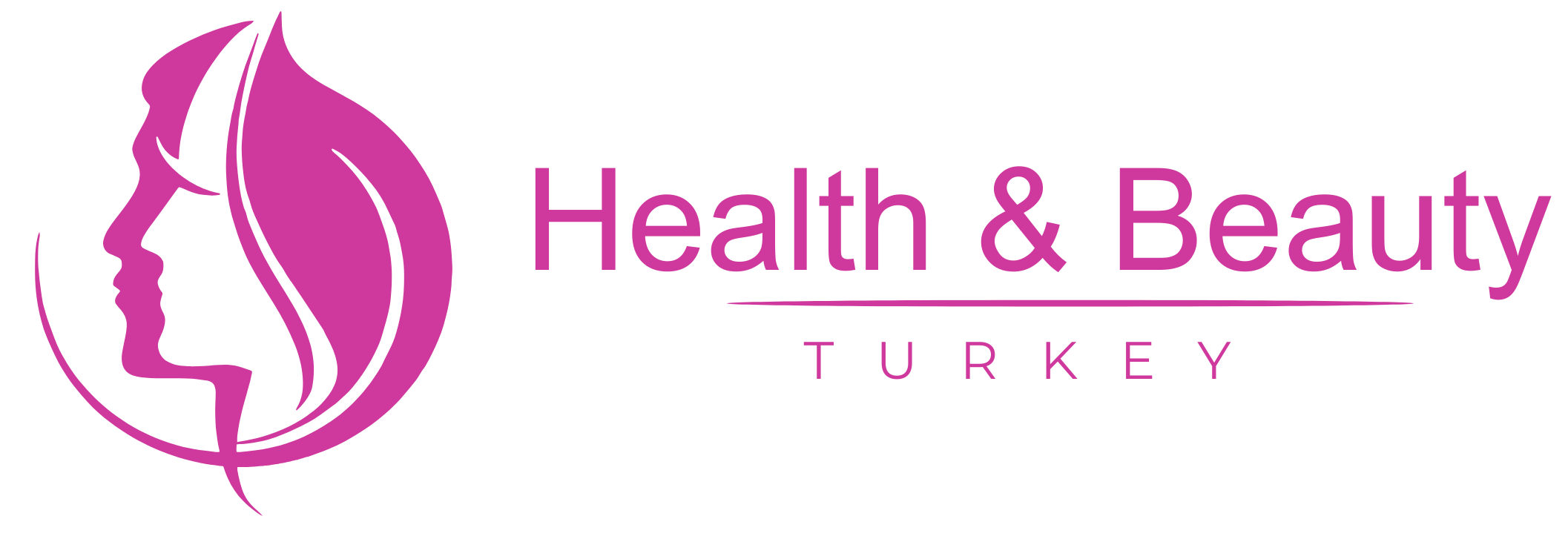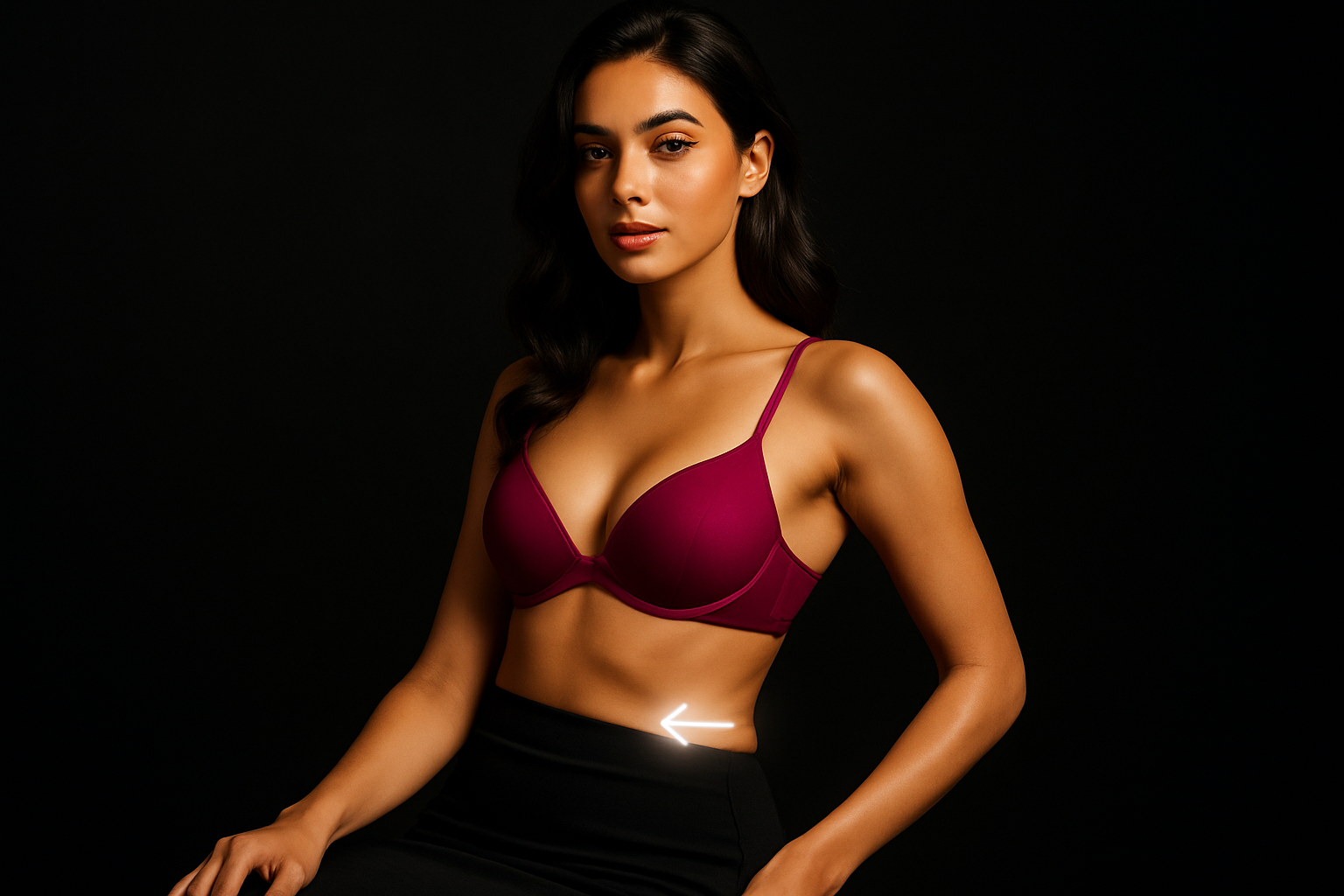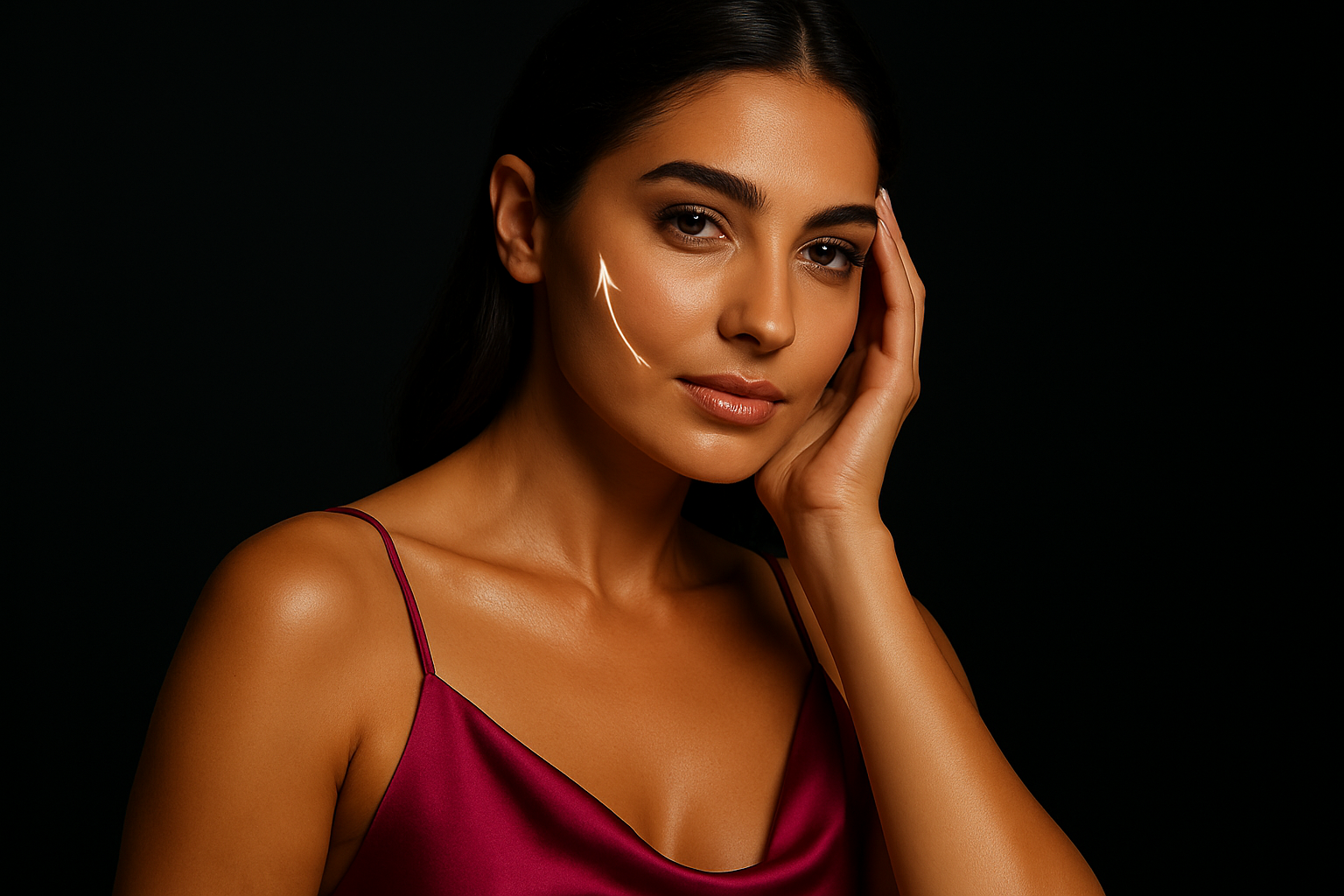Introduction
Fat transfer surgery, also known as autologous fat grafting, offers natural results by using a patient’s own fat. Turkey has become a leading destination for this procedure due to skilled surgeons, modern centers, and competitive pricing.
Medical Background
Fat transfer moves fat from a donor area to a target area to restore volume and shape, with careful processing and reinjection by a qualified surgeon.
Ideal Candidates
Ideal candidates are those with localized volume loss who prefer natural results and who are in good overall health with realistic expectations.
Preparing for Fat Transfer
Preparation includes a medical consultation, history review, stopping certain medications, and lifestyle adjustments to support healing.
Before the Surgery
On the day of surgery, final examination, marking of harvest and injection sites, and anesthesia discussion take place.
During the Surgery
The procedure has two main phases: fat harvesting and fat processing with reinjection into the target areas. Techniques aim for natural distribution and minimal downtime.
After the Surgery
Recovery involves swelling and bruising that gradually subsides. Follow-up care and compression garments may be advised for optimal results.
Top 5 Fat Transfer Procedures in Turkey
Facial fat transfer, Brazilian Butt Lift, hand rejuvenation, breast augmentation using fat, and scar correction are among the popular options.
Safety and Insurance
Health & Beauty Turkey offers medical tourism complications insurance to cover potential issues and provide peace of mind.
Practical Tips for Patients
Plan ahead, arrange travel, and follow medical instructions for a smooth recovery.
Cost of Fat Transfer Surgery in Turkey
Prices vary, with typical ranges depending on scope and technique, and packages may include consultation, surgery, anesthesia, and care.
Why Health & Beauty Turkey
Experienced doctors, modern facilities, competitive pricing, and comprehensive patient support make Turkey a preferred destination for fat transfer.
Frequently Asked Questions
Q: What is the fat survival rate?
A: Survival varies; about a portion remains permanently depending on technique and patient factors.




